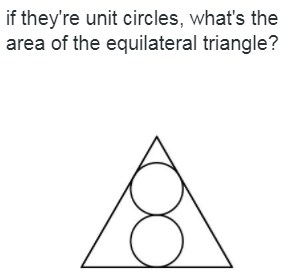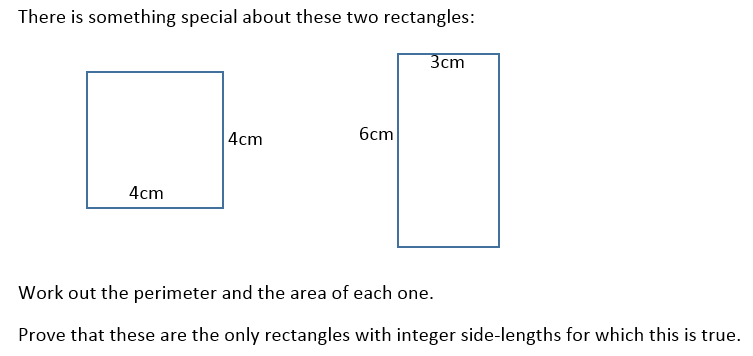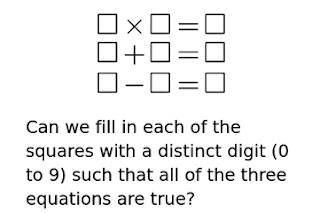Binary blog-post 1

Binary is the name given to numbers in base 2. This means the only digits that can be used are 0 and 1. We use the powers of 2 as column headings. Here is an example: This shows 22 in binary, because 16 + 4 + 2 = 22 How can we write 43 in binary? Try it first before scrolling down (but it is then worth doing so, because there are at least two different ways of doing this!). . . . . . . . . We could start at the left-hand end and see whether we need each number. So: the biggest power of 2 that fits in 43 is 32. (We don’t need to worry about 64, 128, 256, etc.) Put a 1 in the 32 column and subtract 32 from 43, leaving 11. There are no 16s in 11, so put a zero in the 16 column. There is an 8, so put a 1 in the 8 column and subtract that from 11 to leave 3. So far this is the state of play: We have 3 left. This is no 4s, one 2 and one 1. So 43 = 101011 in b...





